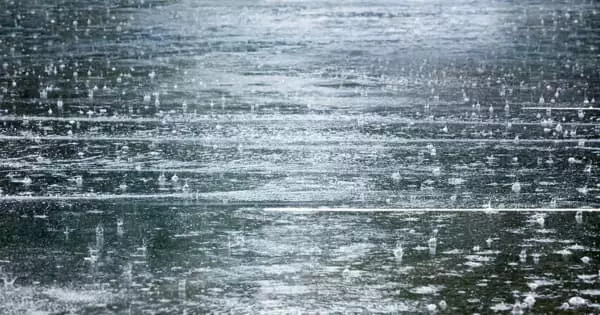River, lake, and wetland health are directly related to the type of land cover and associated land use in their watersheds. Pristine waters are associated with forested watersheds that are mostly undisturbed. As land uses intensify across the spectrum of agriculture, timber harvesting, housing, industry, and roads, the level of impact on water quality rises. A study that tracked surface waters in the aftermath of Hurricane Florence in 2018 discovered that waters contaminated by fecal bacteria were impacted by both human and swine waste.
“We discovered that surface waters in eastern North Carolina were more likely to be contaminated by both human and swine waste than by either human or swine waste alone,” says Angela Harris, the study’s corresponding author and an assistant professor of civil, construction, and environmental engineering at North Carolina State University.
“This means people are facing multiple hazards,” Harris explains. “It also implies that there are two potential sources of fecal contamination that must be addressed. It isn’t just the swine industry or wastewater treatment plants or septic systems.”
About 30% of the surface water sites we tested had levels of bacteria that would have made those waters unsafe for swimming. We don’t know why the E. coli levels increased in those Phase 2 samples,” Harris says. “It could be because water levels were dropping, resulting in less dilution.
Angela Harris
Surface water samples were collected at 40 sites across eastern North Carolina for the study. Samples were collected one week and one month after Hurricane Florence made landfall in September 2018. These are referred to as Phase 1 and Phase 2 samples, respectively.
These pollutant loads can be relatively high in highly developed areas, such as urban centers. Phosphorus is found in lawn fertilizer, uncollected pet waste, road sand for winter safety, many detergents, and lawn litter. Much of this phosphorus is broken down by natural processes in an undisturbed environment. These processes may be disrupted or nonexistent in an urban setting. Many pollutants are simply carried away to surface waters rather than being broken down and absorbed by plants or entrainment in soils.
The water samples were tested for a variety of bacteria by the researchers. The samples were specifically tested for E. coli, an indicator species used to identify fecal contamination and the likelihood that pathogens are present; pathogens such as Arcobacter butzleri and various Listeria species; and bacterial species associated specifically with either swine or humans, allowing researchers to trace contamination back to its source.

“About 30% of the surface water sites we tested had levels of bacteria that would have made those waters unsafe for swimming,” Harris said.
The most common pathogen found was Arcobacter, which the research team published late last year. According to the new study, the presence of Arcobacter was not associated with human or swine fecal markers. To put it another way, it’s unclear where the pathogen is coming from.
Another mystery was that E. coli levels in Phase 2 samples taken from permanent water channels (rather than floodplains) were actually higher than levels in Phase 1 samples.
“We don’t know why the E. coli levels increased in those Phase 2 samples,” Harris says. “It could be because water levels were dropping, resulting in less dilution.” It is possible that this is due to temporary changes in regulatory requirements as a result of the hurricane. It could be another variable that we haven’t identified yet. We’ll need a lot more monitoring data to figure out what’s going on.
“There has been a lot of post-flooding work done in urban areas,” Harris says. “This is one of the few studies that looks at the effects of post-flooding water quality in rural, agricultural areas.” And our findings indicate that this merits a much closer examination. This study emphasizes the need for more routine water quality monitoring in these areas that tests for the bacteria we’re interested in. This could aid in the development of broader baseline water quality measures.
“This is especially important given the concerns about antibiotic-resistant pathogens and the likelihood of more extreme wet weather events in the future.”
The research was funded by the National Science Foundation under grants 1901588 and 1901202, as well as the North Carolina Policy Collaboratory and the International Life Sciences Institute.
Harris and other scientists are concerned that climate change will cause more heavy rains, heightening the dangers posed by contaminated floodwaters. Hurricanes are very likely to bring heavier rainfall in the coming years, according to the North Carolina Climate Science Report, which was released last September, and the frequency of severe thunderstorms is likely to increase.





